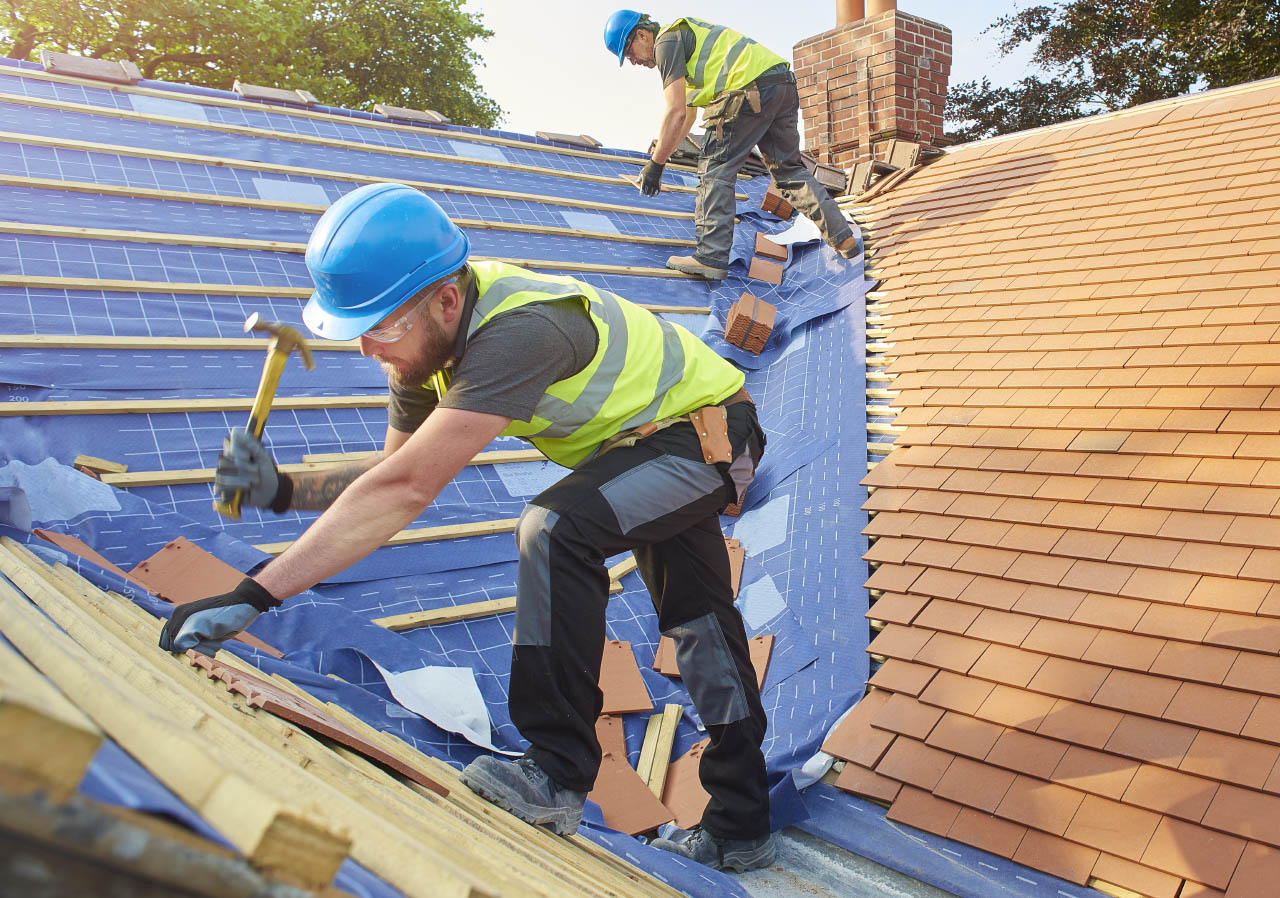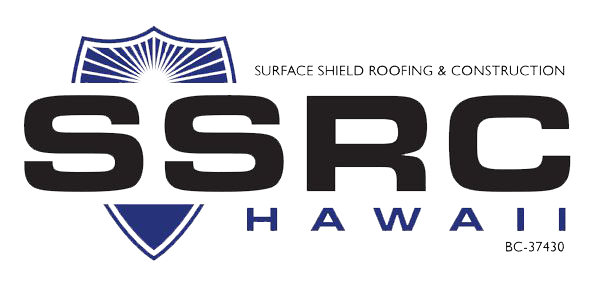Roofing Companies Oahu: Premier Roofers for All Roofing Projects
Wiki Article
Understanding the Various Kinds Of Roof Coverings: A Comprehensive Overview for Homeowners
With an array of choices-- varying from the conventional gable to the contemporary level-- each kind presents one-of-a-kind advantages and challenges that ought to align with the home owner's ecological factors to consider and particular demands. As we discover the complexities of various roofing system kinds, it comes to be obvious that one dimension does not fit all; the ideal option may shock you.Saddleback Roof
Gable roofs, characterized by their triangular form, are amongst the most popular roof covering designs because of their simpleness and effectiveness in dropping water and snow. This style features 2 sloping sides that satisfy at a ridge, permitting effective drainage and decreasing the risk of water accumulation. The steep pitch typically related to gable roofs boosts their capacity to handle heavy rainfall, making them ideal for various environments.Along with their sensible benefits, saddleback roofs supply aesthetic convenience. They can be adjusted to different architectural designs, from typical to modern-day homes. The style can also accommodate additional attributes such as dormer windows, which enhance all-natural light and ventilation in the attic space.
Additionally, gable roofings provide sufficient room for insulation, adding to power efficiency. Homeowners can select from a variety of roofing materials, including asphalt tiles, metal, and tiles, further enhancing modification options.
Regardless of their advantages, saddleback roofs might call for added assistance in areas susceptible to high winds or heavy snowfall. Generally, the gable roofing continues to be a favored choice as a result of its mix of capability, sturdiness, and aesthetic charm.
Apartment Roofs
Level roofings are usually recognized for their minimal design and functional applications, specifically in commercial and industrial settings (oahu roofing). These roof coverings include a nearly horizontal or straight surface area, which allows for simple building and construction and functional space use. While they may do not have the aesthetic charm of angled roofs, level roofs use many benefits, especially in city environments where making the most of room is criticalAmong the primary benefits of flat roofs is their availability. Homeowners can use the roofing area for various functions, such as roof gardens, balconies, or solar panel setups. Additionally, level roofing systems are normally extra economical to mount and maintain compared to their sloped counterparts, as they require less products and labor.
Usual materials utilized for flat roofs include built-up roof covering (BUR), changed asphalt, and single-ply membrane layers, each offering distinct benefits. In general, level roofings serve as a versatile and useful choice for lots of homeowners and organizations alike.
Hip Roofing Systems
Hip roof coverings are defined by their sloped sides that merge at the top, creating a ridge. This design is distinct from gable roofing systems, as all four sides of a hip roof slope downwards towards the wall surfaces, providing a much more stable framework. The angle of the inclines can vary, permitting versatility in building aesthetics and capability.Among the key benefits of hip roofings is their capacity to stand up to hefty winds and damaging weather problems. The sloped surface areas enable much better water drainage, minimizing the risk of leakages and water damage. In addition, hip roofings offer raised attic room room, which can be made use of for storage or also exchanged livable areas.
Nonetheless, building a hip roof covering can be a lot more intricate and pricey than simpler roof types, such as saddleback roofs. The added material and labor associated with developing the slopes and making sure proper structural stability can result in higher costs. In spite of these disadvantages, many property owners favor hip roofing systems for their longevity, aesthetic allure, and potential for power effectiveness.
Mansard Roof Coverings
Mansard roofs, frequently recognized by their one-of-a-kind four-sided style, feature 2 slopes on each side, with the reduced incline being steeper than the upper. This architectural design, stemming from France in the 17th century, is not only aesthetically attractive however useful, as it maximizes the useful room in the top floorings of a building. The high reduced incline permits for even more clearance, making it an excellent option for attic rooms or loft spaces, which can be exchanged living areas.Mansard roofings are identified by their adaptability, fitting numerous building styles, from typical to modern-day. They can be constructed with different materials, including asphalt shingles, slate, or steel, supplying home owners with a series of choices to suit their preferences and budgets. Furthermore, the layout enables the assimilation of dormer home windows, enhancing natural light and ventilation in the upper degrees.
Nonetheless, it is vital to consider the prospective downsides. Mansard roofing systems might need even more upkeep as a result of the intricacy of their style, and their steep slopes can be challenging for snow and rain drainage. In general, mansard roofing systems combine elegance with usefulness, making them a preferred option among home owners seeking unique building features.
Dropped Roofing Systems
As homeowners progressively look for simplicity and functionality in their building designs, dropped roof coverings have actually emerged as a prominent option. Characterized by a solitary sloping airplane, a shed roofing system offers a minimalist visual that matches numerous home styles, from modern to rustic.Among the main benefits of a shed roof is its simple construction, which typically translates to lower labor and product costs. This style permits for effective water drainage, lowering the danger of leaks and water damage. In addition, the vertical incline provides adequate room for skylights, boosting all-natural light within the inside.
Shed roof coverings likewise use flexibility in regards to use. They can be effectively incorporated into additions, garages, or outside frameworks like sheds and pavilions. Additionally, this roof design can accommodate various roof covering materials, consisting of steel, asphalt shingles, and even eco-friendly roofings, straightening with green campaigns.
Nonetheless, it is important to consider regional environment problems, as hefty snow lots may demand adjustments to the roofing's angle or framework. Generally, dropped roofings offer a practical and aesthetically pleasing alternative for house owners wanting to maximize performance without endangering style.
Conclusion


Gable roofs, characterized by their triangular form, are among the most popular roof covering designs due to their simplicity and efficiency in shedding water and roofing companies oahu snow. oahu roofing. The steep pitch commonly associated with gable roof coverings boosts their ability to take care of heavy precipitation, making them suitable for different environments
While they might lack the visual charm of pitched roofs, level roofing systems use numerous benefits, especially in metropolitan settings where making best use of space is vital.

Report this wiki page